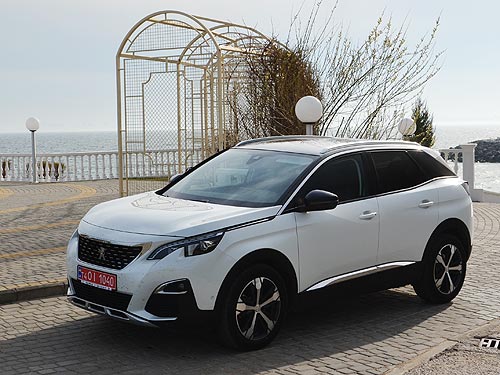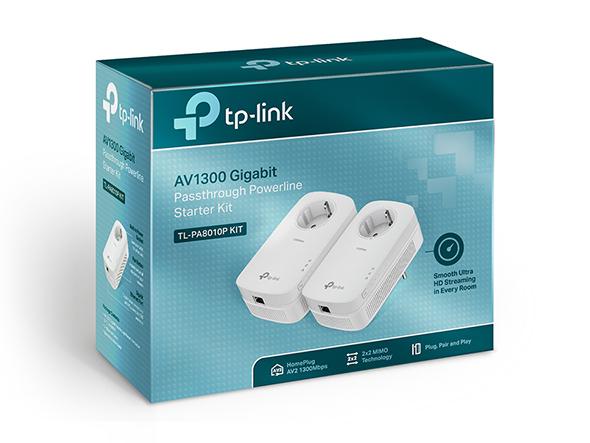
Driving on ice
 Icing of vehicles and surfaces is a big problem for drivers. However, you can deal with an unfavorable aura and avoid the threats it creates.
Icing of vehicles and surfaces is a big problem for drivers. However, you can deal with an unfavorable aura and avoid the threats it creates.
Cleaning an icy car takes up to several tens of minutes. But without washing the windows, we must not move in.  route, since good visibility is not only a formal requirement of the law, but also an important element of safety.
route, since good visibility is not only a formal requirement of the law, but also an important element of safety.
De-icing can be greatly accelerated with a de-icer. Such a preparation will be better in a spray bottle than in an aerosol, so you will not have problems using it in the wind. You can buy de-icer for about 8 zł for half a liter and this pack is enough for 5-7 days. If we don't want to use chemicals to remove ice, we use an ice scraper. Unfortunately, most of them (for example, for a few zlotys) are usually only disposable ones that break or break. More useful are more expensive (about PLN 10) scrapers made of crack-resistant (slightly flexible) material, with a long handle (the longer, the more effectively the ice can be removed) and solid or permanently connected elements. (they are quickly damaged when unfolding). When removing a layer of ice or frozen snow, be careful around the edges of the glass so as not to damage the seals.
Mechanical glass cleaning can be accompanied by turning on the engine and supplying air, but it is not effective at lower temperatures, does not service the engine, and may result in a fine (up to PLN 300) if the driver is outside the car. running car. It is necessary to clean not only windows and mirrors, but also the lighting of the vehicle, if it is covered with snow.
To reduce the area cleared of ice and frozen snow, an aluminum flexible curtain can be attached to the windshield when parking. Such a cover is available for sale for less than 10 PLN.
In winter conditions, it is desirable to have winter tires for driving safety, and it is very important to take care of the correct tire pressure, as this has a big impact on the effectiveness of the brake assist (ABS) and traction control (ESP) systems.
Driving on icy roads increases the risk of a collision or accident. Therefore, you should correctly position the seats in the front of the car (the backs should be in an upright position) and head restraints (at head level. Please note that seat belts cannot be fastened over winter outerwear, it is better to remove them) or cancel them.
– If the belts do not fit snugly against the body, they will not be able to protect you effectively. In the event of an accident, belt slack caused by wearing the belt on thick clothing can lead to serious injury or even death, warns Radoslav Jaskulski, an instructor at the Škoda driving school.
When driving on slippery roads, you should turn the steering wheel as little as possible, because then you reduce the risk of losing traction. If we need to change direction, we first depress the clutch, because then the car rolls freely and the risk of skidding is reduced. It is worth remembering that during icing you need to keep a greater than usual distance from the vehicle in front. It should depend on our speed - according to the principle, if we drive 30 km / h, then the minimum distance is 30 m.
Whenever you feel like your wheels are losing traction, apply the brake and clutch immediately. And don't let go, no matter if our car has ABS or not.
“In no case should you brake with impulses or even stop braking for a moment,” advises the instructor.
In the same way, we react when we are suddenly skidded and completely lose control of our car - we immediately press the brake and clutch pedals. Do not release the brake until the vehicle has regained control or has come to a stop.
– The opinion still preserved among drivers that adding gas will speed up the exit from a skid is erroneous. On the contrary, in such a situation, in the event of a collision, its consequences will be much more serious, since each kilometer of speed on the oncoming one is a potentially greater risk of injury to the participants in the accident, says Radoslav Jaskulsky.
And what to do when we see that it is impossible to avoid falling to the side of the road or colliding with a pole, tree or other vehicle? Then you should not rape either the legs or the arms. The best solution is to sit with your back to the seat and rely on the safety features that the car is equipped with: belts, head restraints and pillows.
- The overload at the time of the collision is so great that we are not able to stay in any predetermined position. Any stiffness of the joints can lead to serious fractures, explains the Škoda instructor.

